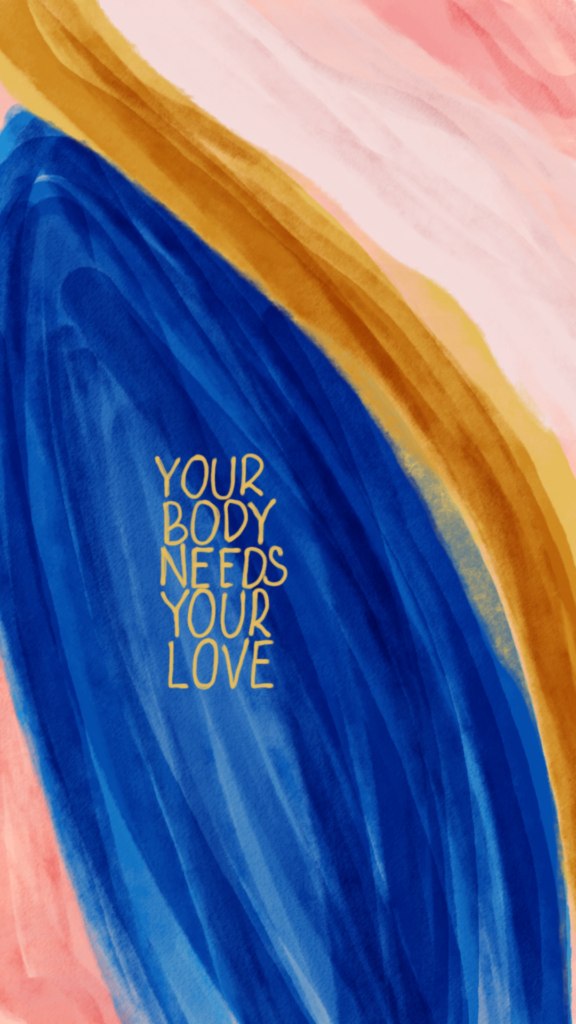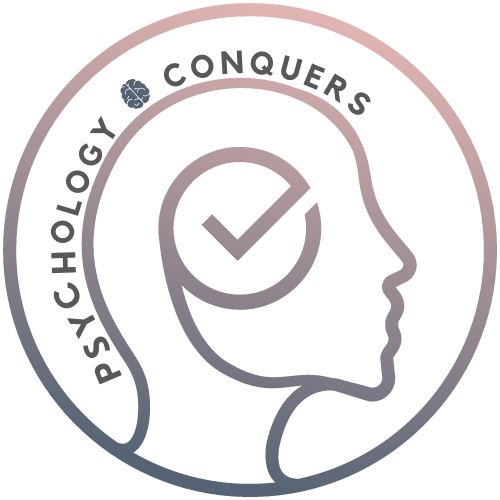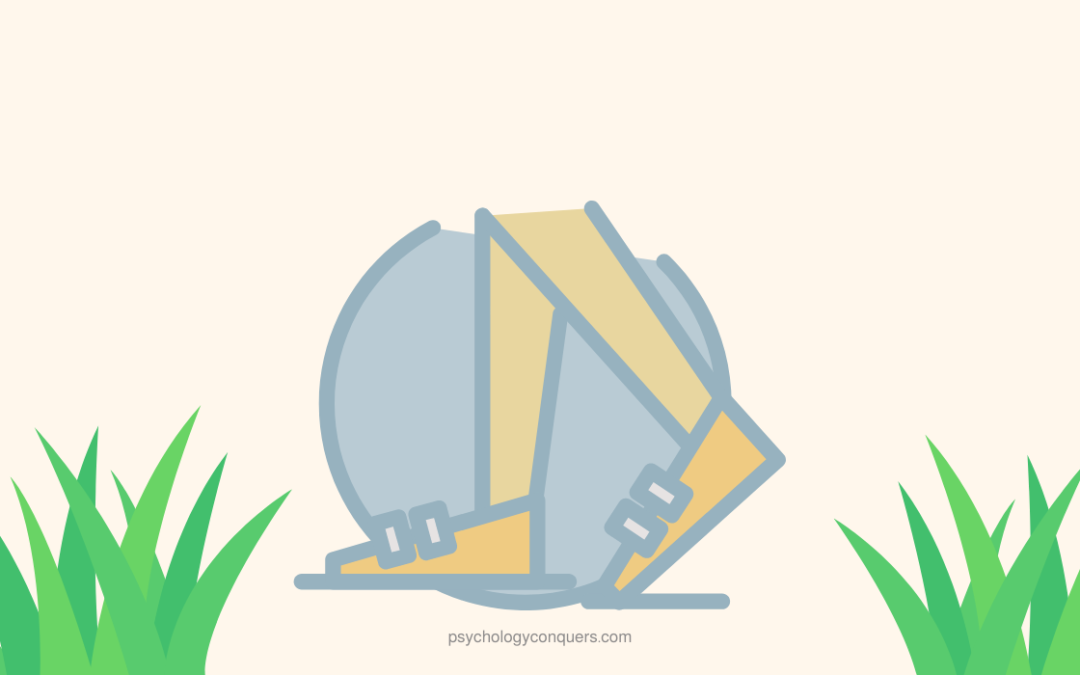As the world shifted to work from home setup, it has also been prone to less physical activities since everyone was encouraged to stay at home. Even so, doing physical activities affects one’s mental health. For instance, physical exercises help in increasing mental alertness, positive mood, and energy. It also reduces anxiety and stress. Being engaged in physical activities prevents further development of mental health problems.
Due to COVID-19, a lot of establishments were closed, like gyms. For those who are fitness buffs, this has been a significant hit because going to the gym is not just going to the gym. It also created a community where you are inspired and encouraged by others who want to get more fit and healthier. But since this is hard to do, especially now, the question is, how can stay healthy?
There are a lot of exercises out there: Pilates, Yoga, Weightlifting, Running, Biking, Swimming, or for some, walking as many as 10,000 steps already helped them to stay healthy during the pandemic.
What does it do to the body when you walk 10,000 steps a day?
- In a study made by Harvard T.H. Chan School of Public Health, walking for sixty minutes or an hour reduces the risk of major depression by 26%. Exercising like walking 10,000 steps a day is good for the brain as it promotes neural growth and new activity patterns that encourage a feeling of calmness. At the same time, it reduces inflammation. It also helps release endorphins that make you feel good and energize your spirit.
- Exercise such as 10,000 steps a day is a natural way to relieve stress and tension. It also helps in boosting mental and physical energy. But, of course, anything that allows you to move gives you the benefit of doing something else rather than worrying and getting anxious, which’s unproductive.
- Moving and walking break the cycle of stress. You could notice that your muscles might be tensed when you are under a lot of pressure and stress, including your face, neck, arms, or shoulders. You can also have muscle cramps, instead of lingering on your thoughts and over-analyzing, walking and exercising help in relaxing the body.
- For those who have PTSD and trauma, if you focus on your body as you walk or exercise, it helps the nervous system not get stuck and start to move out of the immobilization stress response when you have PTSD—paying attention to how your body moves (exercises that include cross-movement and engage both muscles and joints) stops the mind to wandering around.
- Exercising could also help in stimulating the growth of new brain cells.
- This could also strengthen your self-esteem since you are doing something for yourself that makes you feel better and have a sense of achievement.
- This also gives you more energy. Increasing heart rate several times a week is reasonable.
- Lastly, it’s a means to cope with complex and challenging times rather than resorting to drugs, alcohol, or other negative things that could make you worse in the long run.
Is 10,000 steps a day enough, too much, or just okay?
Everyone has different fitness goals. While some might want to include physical activity during a busy day, some people want to be more fit and build muscles. But for the general population who wants to make sure that they will have a good lifestyle, the proper perspective is that the more steps you take, the more benefits it’ll give.
According to the Department of Health and Human Services, a person needs 150 minutes of moderate aerobic activity, whether walking or swimming. If you are doing a rigorous workout, the suggested time is 75 minutes. If the goal is to lose weight and reach for a specific body built, then that would require someone to do more other than walking 10,000 steps a day.
Here’s a quick interview with someone who has been doing 10,000 steps a day ever since late last year.
Q: On average, how many steps do you take per day?
The average is 10K. I’ve been doing it every other day most of the time. There are some days I do 10,000, some days 15,000, and I also have rest days. The most I did was 22,000 steps. I was hiking for a week.
Q: How did you start?
I didn’t have an idea about the 10,000 steps before. I just saw the app on my iPhone, and it says that 10,000 is the ideal number. So I used the Health app. I researched about it and then saw the app’s functions, which helped me monitor my steps. For example, when it was winter, I did 5,000 steps per day.
Q: What do you think are the benefits you’ve gained out of it:
It helped me to sleep better because the body becomes tired after walking for so long. Perhaps, my mood also improved. I get to have some fresh air instead of staying in the room and be anxious because of COVID. I think it also helped to maintain my weight or stop me from gaining extra pounds. As I walk, I call people, and that allowed me to connect with them while exercising.
Q: Do you think this could be a replacement for someone who goes to the gym?
Definitely not because it doesn’t build muscles. It has low impact and resistance. It helps in standing longer, but the focus is only on my legs.
Q: Do you think that 10,000 steps a day are a way for you to be healthier?
It’s a component, but there are other things you have to consider, like having a healthy diet. Although I think that it helps avoid back pain because of the blood flow you get from walking.
Q: Do you recommend doing this?
Of course, I already recommended it to the people I know. I think it’s good for general health.


